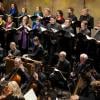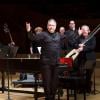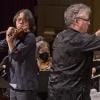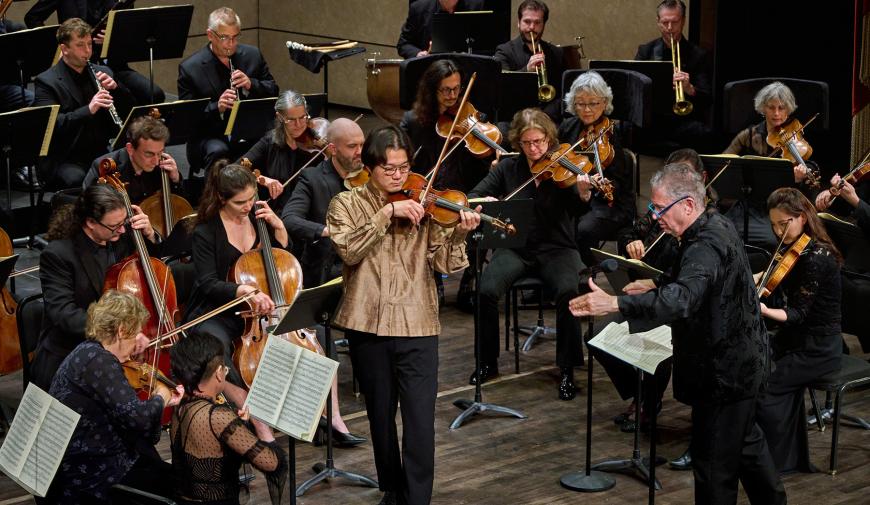
How do you inform a historically informed performance? In Philharmonia Baroque Orchestra’s latest program, “Romantic Radiance,” violinist Shunske Sato showed us the way. In an introduction to Felix Mendelssohn’s Violin Concerto, Sato twice demonstrated one of the work’s themes, first in a hammy impression of a performance you could have seen at the San Francisco Symphony. “Nice,” conductor Richard Egarr granted. But obviously, you should have preferred the period version, lighter in tone and sliding liberally, that came second.
One doesn’t make these choices lightly. Mendelssohn’s piece is “everyone’s favorite Romantic concerto,” Egarr said. To violinists, it’s sacred. Gut strings are a must when evoking the spirit of 1844, and there’s even a holy book of sorts: records of the bowings and fingerings used by the composer’s collaborator and dedicatee, Ferdinand David. Judging from these markings, Sato explained, the tempos then would have been “more flowing, fiery, and free.”
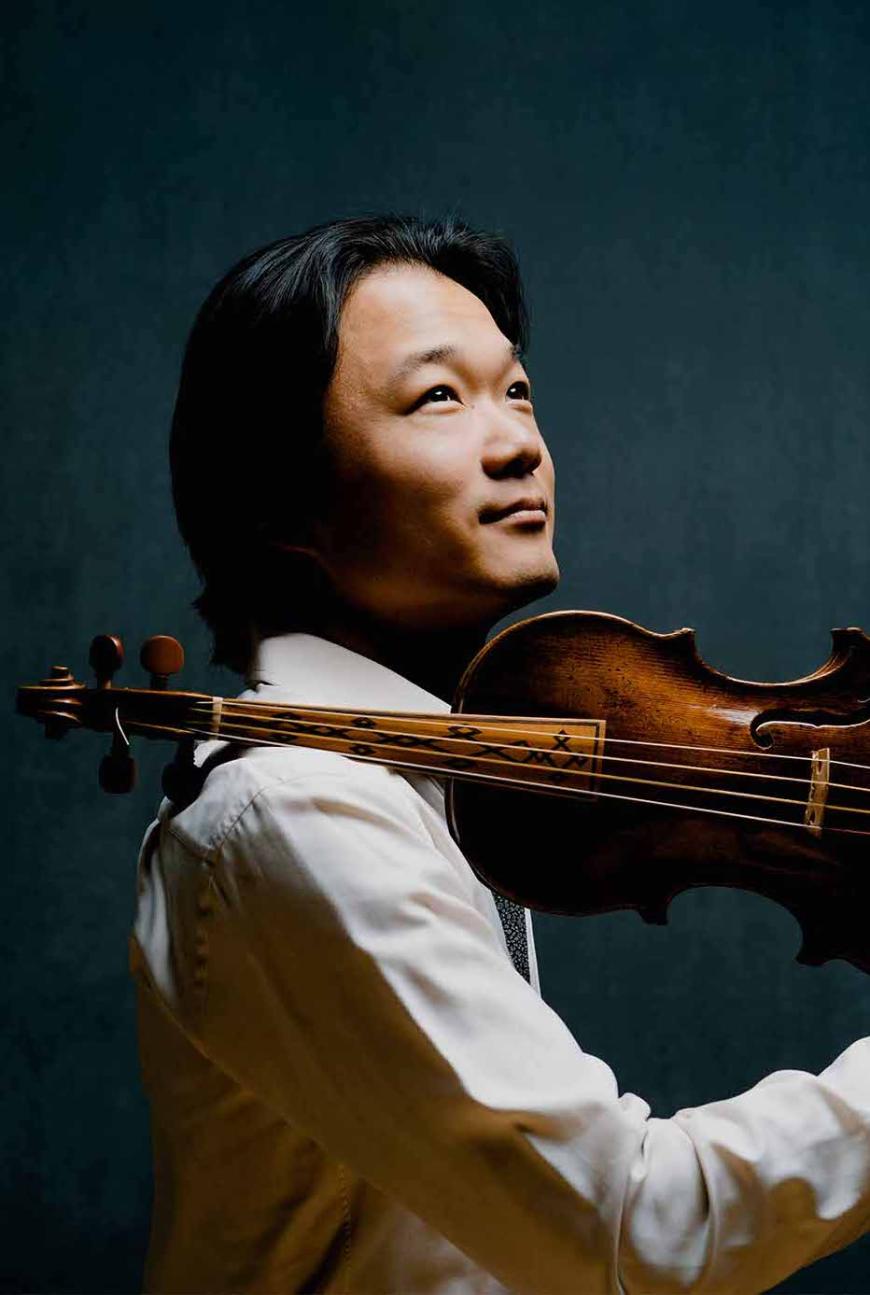
Free, at the end of the slow movement, to ascend as if to the heavens. The sprightly tempo Sato took on Thursday at Herbst Theatre facilitated such fluid phrasing that it felt almost rude to continue with the last movement, whose every run achieved greater heights.
Other times, though, it wasn’t clear what Sato meant to communicate. Presumably he chose the more intricate, string-shortening fingerings for their colors — except his tone stayed much the same. Still, the slides were fresh, and the performance did move nicely, with thrilling playing from the orchestra. (“Period” isn’t a euphemism for “polite,” Philharmonia’s fabulously loud brass would have you know.) Sato is a concertmaster with Concerto Köln, which, under conductor Kent Nagano, is originating a historically informed performance of Richard Wagner’s Ring cycle. Where bellowing might have been, bel canto will be instead — sacrilege to some, but to others an idea just crazy enough to work.
Egarr, who with these performances concluded his four-year tenure as PBO’s music director, could hardly wait to start Beethoven’s “Eroica” Symphony; the audience was still clapping as the first chords struck. The Allegro con brio was uncommonly quick — too quick for some passages, though always with good sweep. Even the towering funeral march was spirited. If at times the rhythms here sounded cavalier, one could argue that most performances are too literal.
Flexible tempos enlivened the Finale’s theme and variations — emphasis on variations. After a breakneck beginning, the pizzicato theme (“a little too empty,” judged one early critic) sounded dinkier, funnier at a relaxed speed. The wind chorale, after so much bustling in the fugue, drew itself up with regal bearing.
The cost of freedom on Thursday was the occasional conflict between points of view. Discrepancies within string sections — not the sanctioned practice of free bowing but the difference in movement quality — blurred some of the rhythms. And when it’s Beethoven, a change from twos to threes isn’t inconsequential — these are structural elements. In the Scherzo, the problem was in the theme: For staccato to sound short, everyone needs to do it.
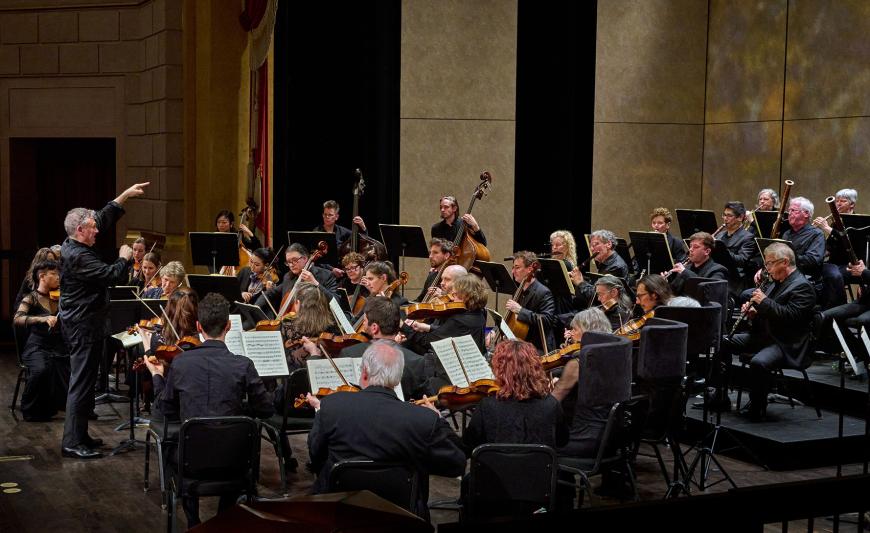
At the public premiere of “Eroica” in 1805, the audience was split down the middle. More than a few listeners thought Beethoven had gone mad. Subsequent performances often ended after two movements if the audience had had enough by then. Live performance is nothing if not unpredictable, and that’s the message that Philharmonia brought home over the weekend. Historically informed performance is as wild — and as vital — as the time we live in.


